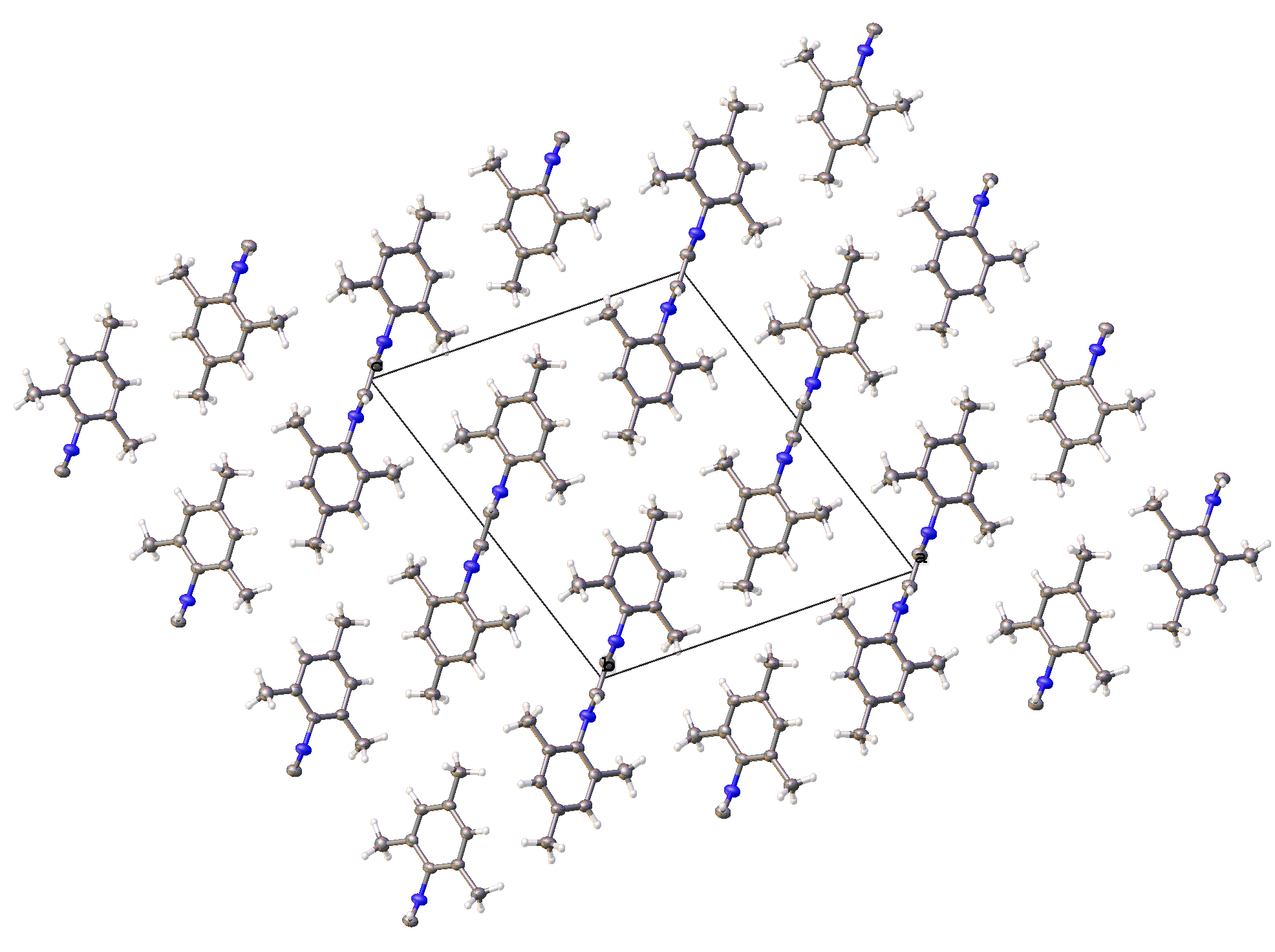
Micro-Crystal Electron Diffraction (MicroED) has created excitement in the scientific community as an emerging crystallography method to determine the 3-dimensional atomic structure of nanocrystals. These nanocrystals are too small for conventional X-ray diffraction and too complex for powder X-ray diffraction. Our team of expert microscopists and crystallographers are staying abreast of this rapidly advancing field. Together with MircoED expert Dr. Hongyi Xu from Stockholm University, the CMM team successfully collected UQ’s first ever MircoED datasets of small molecules using the old cryo-Transmission Electron Microscope Tecnai F30 equipped with a OneView Gatan Camera.
Dr. Kasun Athukorala (CMM) synthesised and crystalised the small molecules in collaboration with Prof. Jack Clegg’s laboratory based at the UQ’s School of Chemistry and Molecular Biosciences. The samples were ground to a fine powder which then placed on to a TEM grid and data was collected at cryogenic temperature on the F30 at 300kV by Dr. Na’ama Koifman (CMM) and Dr. Kasun Athukorala (CMM). Processing, solving, and refining of the diffraction data to obtain 3-dimensional structures was performed by Dr. Xu (Stockholm) and Dr. Athukorala (CMM). The microscope configuration was supervised by Dr. Matthias Floetenmeyer (CMM).
For data collection, SerialEM software and the CRmove script were used. Each crystal was tilted from −50° to +50°. Each crystal was tilted from −50° to +50°. The REDp software package (developed at Stockholm University) was used to determine the crystal unit cell and space group. XDS was used for processing the data. SHELXT was used for structure solution and refinement was carried out with SHELXL in Olex2.
Currently, the CMM team is working on collecting biological crystal structures using the existing setup. This "joint effort" success on a suboptimal equipment setup is very promising for CMM to invest in this capability further. We are optimistic that this joint effort can pave the way to establishing one of the first MicroED facilities in the country.





